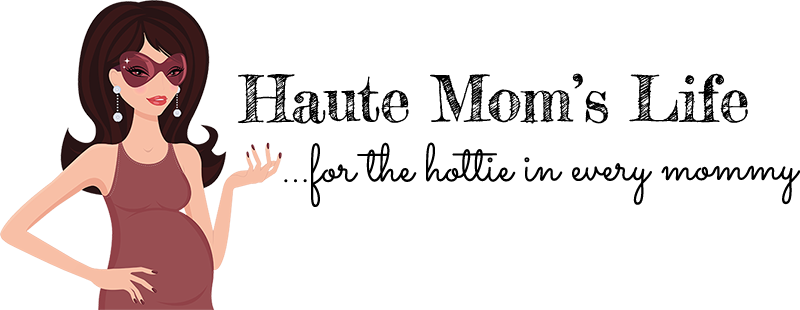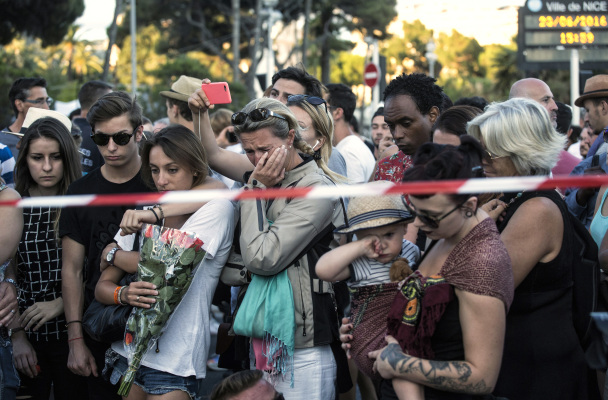Is Breast Really Best?
/My honest opinion?? Yes AND No. We can all admit the incredible health benefits of breastfeeding. To refresh our mommy memories, according to Web MD - "Breast milk contains antibodies that help your baby fight off viruses and bacteria. Breastfeeding lowers your baby's risk of having asthma or allergies. Plus, babies who are breastfed exclusively for the first 6 months, without any formula, have fewer ear infections, respiratory illnesses, and bouts of diarrhea." But why did my baby end up in the hospital for 72 hours at 2 months fighting off the horrifying illness RSV? She was exclusively breastfed. Why did I feel crazy panicked every time I would start to feed her? Why did I lose sleep at night wondering if she was getting enough nourishment...and why do I still to this day walk around with massive, lumpy, veiny, inappropriately (un)covered tatas?? Well for one, I can tell you that sure breast milk does protect our lil ones from A LOT but that doesn't mean they're immune from EVERYTHING. And Sonnet ended up in the hospital because we have a snotty, little toddler running around the house spreading germs like wildfire - something breastmilk unfortunately couldn't protect from in our case. And regarding those nasty feelings of depression, anxiety and homesickness during breastmilk let-down? Well, according to Web MD it's actually a physiological response (not a psychological response) that appears to be tied to a sudden decrease in the brain chemical dopamine. Sorta like the last time you took ecstasy? Oh come on, we've all been there. And the lumpy boobs and lack of sleep - Well, we make those exceptions simply for the good of our children, right?? Right :).
I have several girlfriends who said hell no to breastfeeding from day one. They wrapped up their boobs, covered them with cold cabbage (yep, it works to slow down milk production and soothe throbbing breasts) and immediately introduced their babes to the bottle. There's a ton of judgement from the prying eye of mothers and non-mothers alike. "Wow she's selfish...can't even feed her baby...lame, lazy, pathetic..." Even if you don't hear it, you know 'they're' thinking it." But why??? In my opinion, your baby's only as good as mama is and if mama ain't happy then no one is. And that's when things, as an exclusively breastfeeding mama, got REAL real. While all my friends were traveling, dining, enjoying time to themselves, I was BREASTFEEDING...morning, noon, night and in between. Why? Well the lil one got so attached to the breast (can ya blame her) that she refused to take any sort of bottle. I tried literally everything from budget to big-ticket...not a damn thing worked. Gerber, Comotomo, Dr. Browns, Mimijumi, thanks for the gadgets guys but Sonnet wouldn't settle. Finally and I do mean after a month of pulling out my now grey hair, she got to the point of being hungry enough to take the "OG" of all bottles- The Enfamil Slow-Flow Nipple handed out at the hospital when your babe is delivered https://www.amazon.com/Mead-Johnson-Nutritional-Group-Slow-Flow/dp/B00I3Y5EY2 Thank Gawd because I was off to Cabo sans kids for a trip to "reconnect" with my hubs.
Speaking of which, he really hated me by this point. So did my 3-year old son who, if you're wondering, was breastfed until 11 months. They both felt totally neglected because I spent an inordinate amount of time huddled up in Sonnet's room hoping and praying she'd have a good feeding. I spent so many stinkin hours and so much energy miserable, exhausted, suffering from postpartum and the whole time waiting for the days to pass. I remember saying, "At 3 months this will be so much easier...okay maybe 6 months...oh what the hell it's NEVER getting better. Maybe I'm just not cut out for breastfeeding this time around." And just like that I woke up one morning and Sonnet was 9 months And I'm STILL breastfeeding! The irony is, just when you feel like you can't handle one more second of it, it actually gets easier, and believe it or not, becomes enjoyable. I now look at breastfeeding as bonding time with my boo. Those horrible feelings of anxiety and depression, replaced with relaxation and joy.
So while I look back on my own first-hand experience with breastfeeding, I'm here to tell you...not as a doctor, or a lactation consultant, but as a mother...nobody other than you has the answer to whether breast is best. The truth is, it's a very individual, personal decision. The truth is, don't judge yourself and don't for one second let others judge you because what you'll find is that breast is best, ONLY if it's best for you!
































